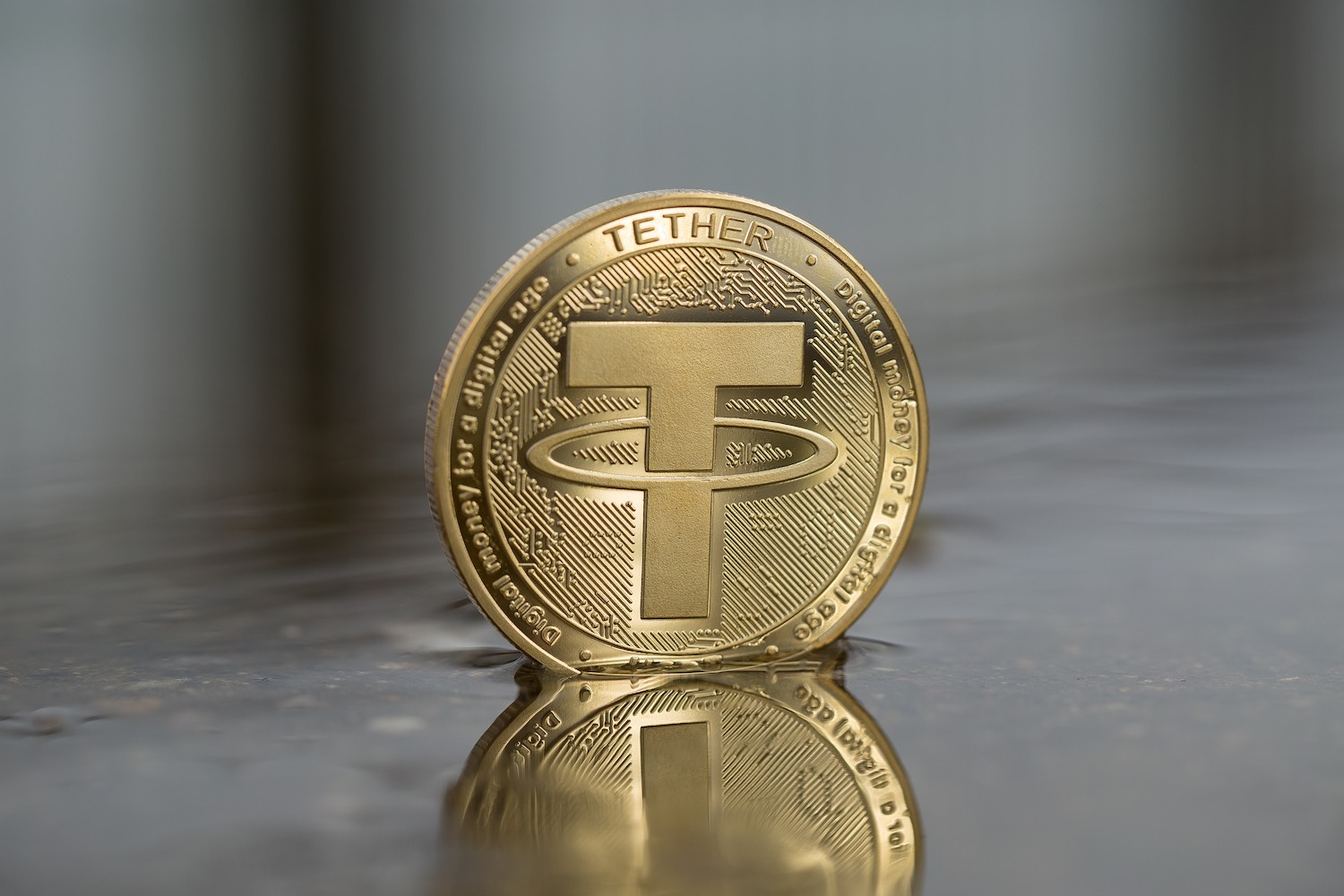A senior Russian Finance Ministry official has called for the development of local stablecoins in the wake of U.S. and European action targeting digital wallets tied to Russian interests. Osman Kabaloev, deputy director of the ministry’s financial policy department, made the remarks after wallets holding Tether’s USDT were blocked last month.
Push for Non-USD Stablecoins Grows
The sanctions have forced Russian officials to consider creating stablecoins similar in function to USDT but pegged to currencies other than the U.S. dollar. The motivation stems from the disruption caused by the freezing of Russian-linked digital assets and increasing difficulty in accessing Western financial systems.
Garantex Sanctions Trigger Crypto Clampdown
In February, the European Union sanctioned Garantex, a major Russian crypto exchange, citing its associations with blacklisted financial institutions such as Sberbank, T-Bank, and Alfa-Bank. The EU accused the platform of helping these banks evade restrictions.
Following the EU action, Tether blocked Garantex-linked wallets that held over 2.5 billion rubles (approximately $30 million). This move forced the exchange to halt operations temporarily, suspending crypto withdrawals and leading to broader implications for Russia’s crypto landscape.
The platform’s infrastructure was subsequently seized by U.S. and European authorities, escalating enforcement efforts. The U.S. Department of Justice later unsealed indictments against several key Garantex figures, alleging the platform processed $96 billion in illicit transactions linked to cybercrime and money laundering.
Crypto Payments in International Trade
Despite official resistance to crypto for domestic use, Russia has been experimenting with its application in cross-border payments. Bank of Russia Governor Elvira Nabiullina reiterated her opposition to crypto for internal transactions but confirmed international crypto payments were being tested.
These tests come at a time when Russia is searching for alternative methods to bypass Western sanctions. In March, reports surfaced that the country had utilized cryptocurrencies, including Bitcoin and USDT, for oil trades with China and India.
Stablecoins and Digital Ruble in Focus
Moscow has been exploring a variety of financial workarounds since the onset of sanctions, including launching its own central bank digital currency (CBDC), the digital ruble. Alongside this, there is growing interest in non-dollar stablecoins to provide payment flexibility and geopolitical resilience.
While these strategies are seen as innovative ways to circumvent restrictions, progress has been slow. The adoption of a digital ruble remains in its infancy, and stablecoin projects are still conceptual, highlighting the significant hurdles ahead for Russia’s financial evolution in a sanction-heavy environment.




